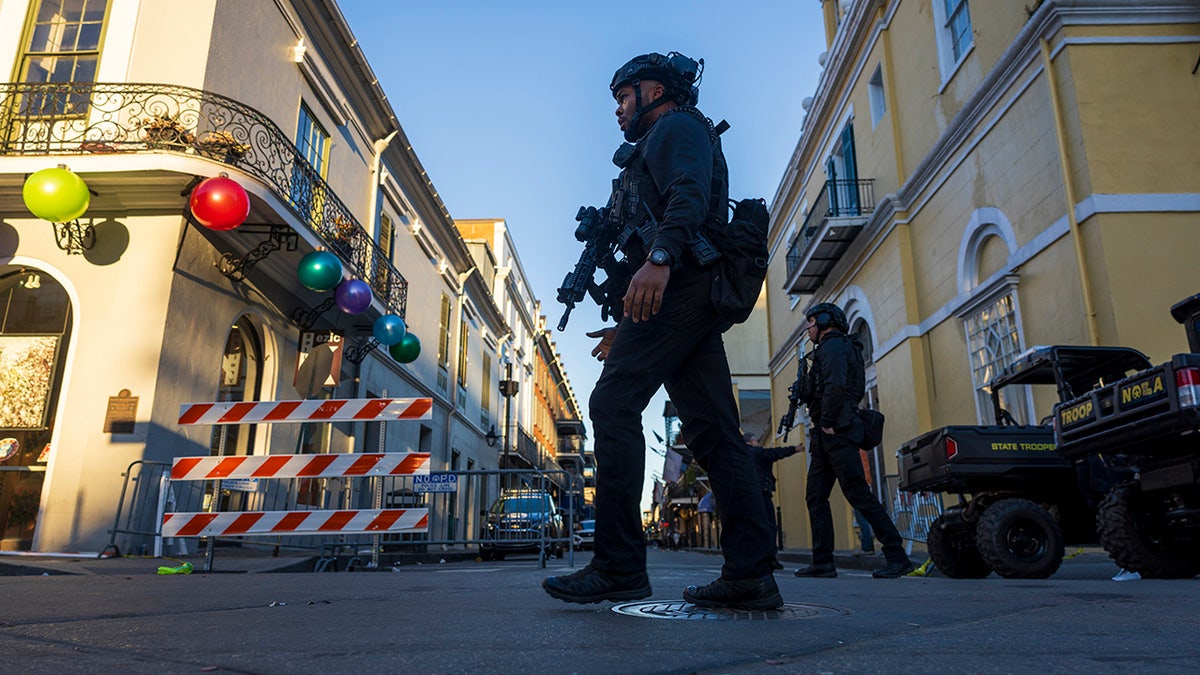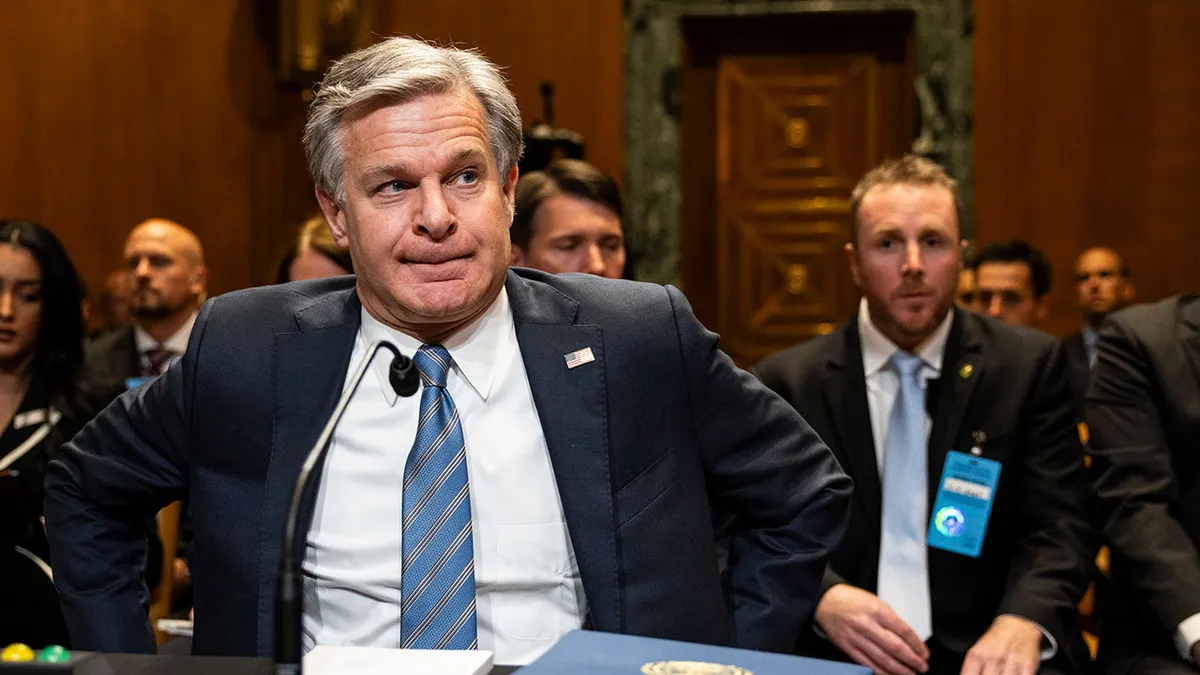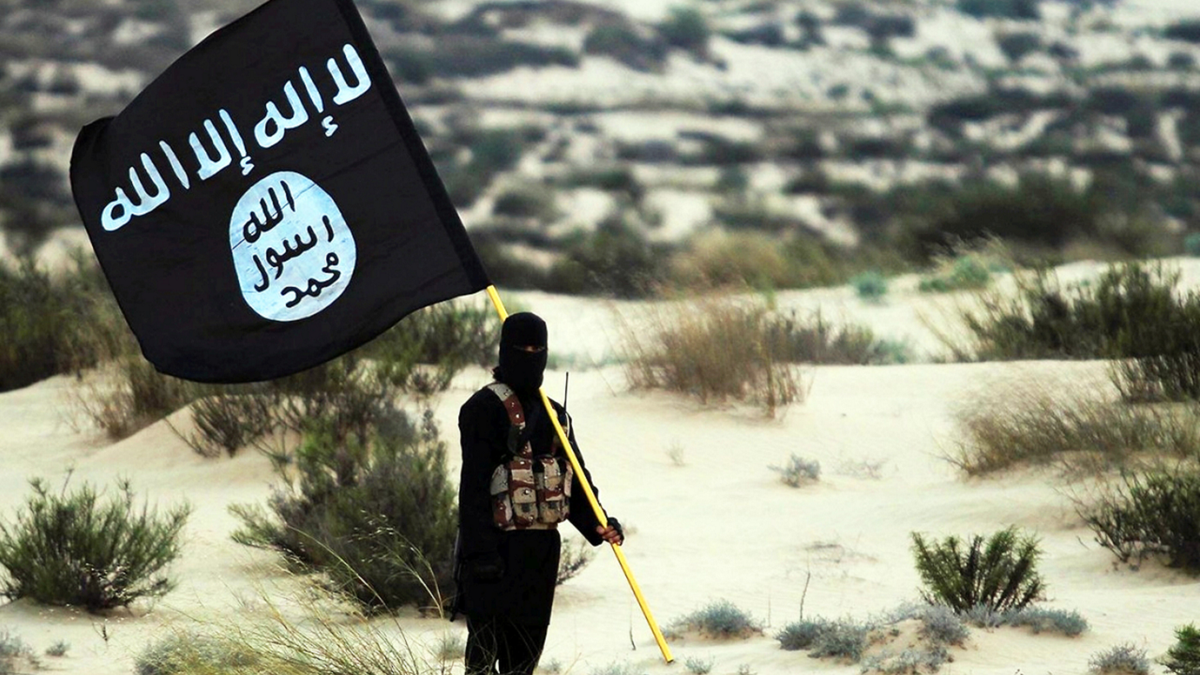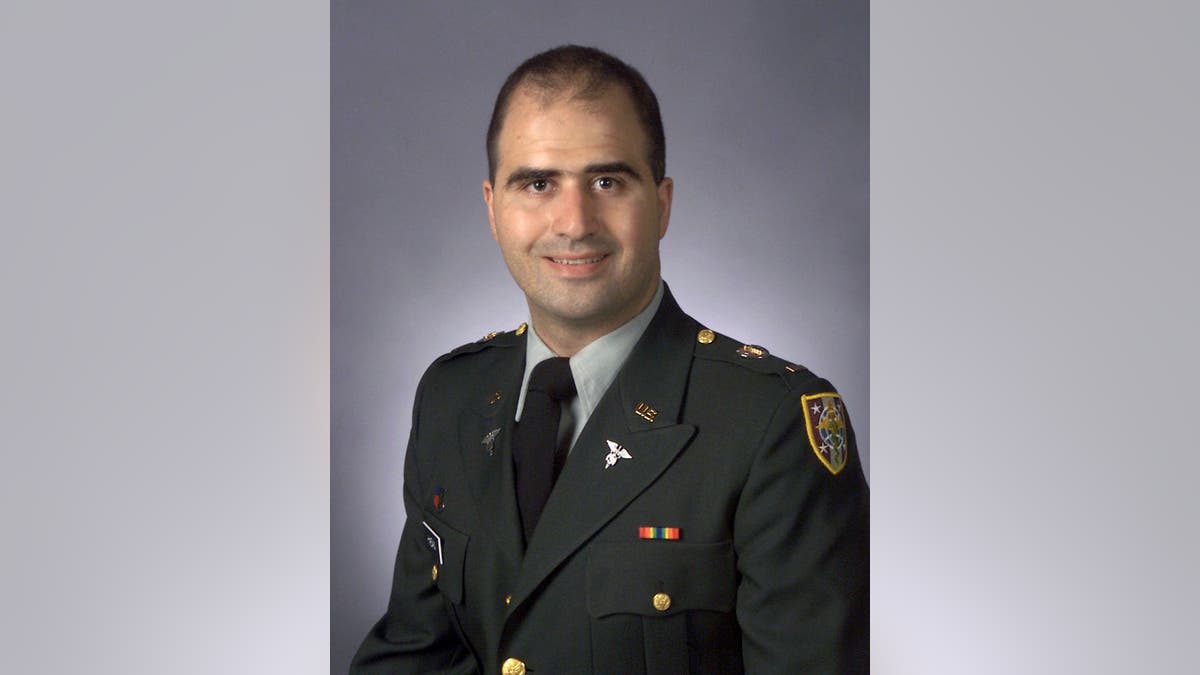Drawing from my experience as a former DIA intelligence officer, where I focused on anticipating threats to the U.S., I've observed alarming trends indicating a potential surge in terrorism within America, unlike anything we've encountered before. These concerns stem from several key factors.
Bureaucratic Hurdles Hinder Threat Response
Government agencies often struggle to act on identified threats due to bureaucratic inertia. FBI Director Christopher Wray's 2024 warning about elevated terrorist threats, including those from violent gangs linked to ISIS entering through the southern border, serves as a prime example. Despite this warning, security measures were not adequately enhanced, contributing to the tragic events in New Orleans and Las Vegas. The continued influx of migrants, coupled with the easily accessible CBP One app, further exacerbates the situation. The public deserves answers regarding the implementation of past recommendations to bolster security and the specific actions taken following Wray’s warnings, especially considering the assassination attempts on President-elect Trump, unexplained drone activity over military bases, and escalating crime by transnational gangs.

Investigators at the scene of a New Year's Day terrorist attack in New Orleans, 2025. (Chris Granger/The New Orleans Advocate via AP)

FBI Director Wray during a Senate hearing in 2024. (Samuel Corum/Getty Images)
Emerging Drone Threat Demands Attention
An escalating threat, largely overlooked by the government, is the increasing accessibility of drone technology. Uncrewed Aircraft Systems (UASs), encompassing the drone, control system, communication hardware, payload, and software, are commercially available, relatively affordable, and highly adaptable. Their potential for both surveillance and kinetic attacks, including the delivery of explosives or WMDs, poses an unprecedented danger to the homeland. A 2023 DHS study highlighted the anonymity and evasion capabilities of UASs, making them attractive to terrorists and hostile nations. Despite warnings as early as 2018, including those from former Homeland Security Secretary Kirstjen Nielsen, the U.S. remains susceptible to drone attacks, as demonstrated by recent unexplained drone activity near military installations and critical infrastructure.

An ISIS terrorist displays the group's flag. (History/Universal Images Group via Getty Images)

A Ukrainian soldier carries a drone near Bakhmut. (Diego Herrera Carcedo/Anadolu via Getty Images)
Politicization of Intelligence Misdirects Focus
The politicization of the government's security apparatus has shifted its focus from external threats to internal dissent. Instead of prioritizing those intent on harming Americans, agencies are targeting citizens who oppose certain ideologies. This politicization, stemming from the highest levels of government, downplays the threat of groups like ISIS while emphasizing other perceived threats. This misdirected focus is exemplified by the initial dismissal of terrorism in the New Orleans attack, despite the perpetrator's display of an ISIS flag, and the failure to identify Major Nidal Hasan's terrorist connections prior to the 2009 Fort Hood shooting. The incoming Trump administration’s promise to de-politicize government agencies and the potential appointment of Tulsi Gabbard as Director of National Intelligence offers a glimmer of hope, but overcoming bureaucratic inertia will be a significant challenge.

Maj. Nidal Hasan, convicted in the 2009 Fort Hood shooting. (U.S. Government Uniformed Services University of the Health Sciences via Getty Images)
Comments(0)
Top Comments